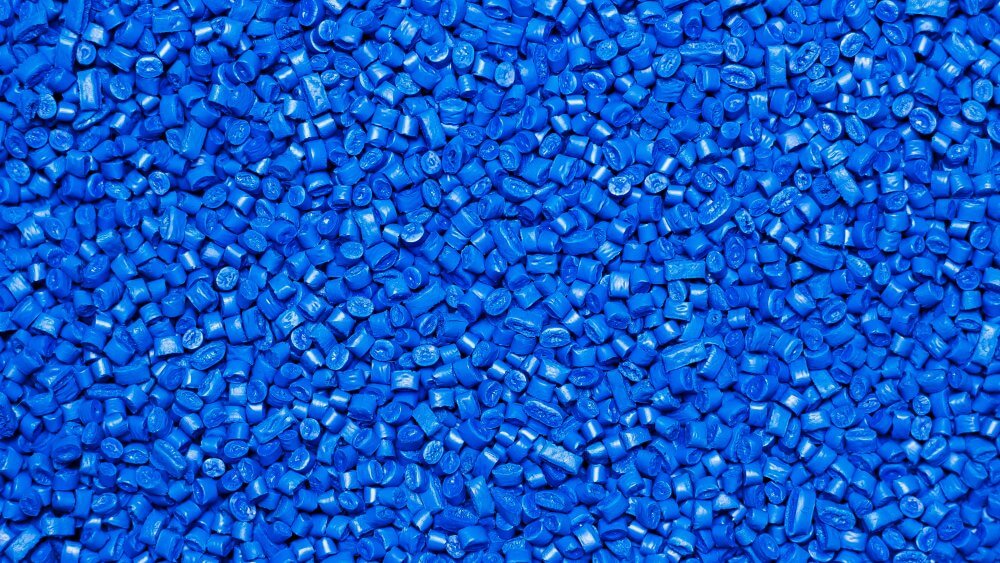Microplastics are small plastic particles that result from both commercial product development and the breakdown of larger plastics. Learn about what they are, how they affect the environment, and the research being done to further understanding of the impact of these plastics.
What are microplastics?
Microplastics are plastic particles, generally considered a subset of plastic debris, characterized by size: from 5 millimeters (mm) down to the nanometer range.
Where do microplastics come from?
Microplastics come in two forms – primary and secondary:
- “Primary” microplastics refer to intentionally produced plastic materials of this small size, such as plastic pellets. Some are intentionally added to products to enhance function or require fewer active ingredients, including fertilizers, crop protection products, paints and advanced drug delivery systems.
- “Secondary” microplastics result from the degradation of larger plastic materials and represent the majority of microplastics in the environment. Tires, synthetic textiles, mismanaged waste, city dust, road markings, marine coatings, fishing nets and litter have been identified as sources of secondary microplastics.
What are the potential impacts of microplastics on human health and the environment?
Scientists have only recently begun studying microplastics, so more research is needed. Over the past few years, microplastics have been detected in our environment and in animals and humans. This has raised questions over their potential effects on our environment and health. It’s important to note that the simple presence of microplastics does not infer harm to human health or the environment.
The World Health Organization (WHO) used independent experts to systematically review the concerns over microplastics in drinking water and through diet and inhalation. Their findings acknowledge the need for further research on microplastics:
- Drinking water: “Based on the limited evidence available, chemicals and microbial pathogens associated with microplastics in drinking-water pose a low concern for human health.”
- Diet: “The weight of the scientific evidence provided by current data on adverse effects of [microplastics] on human health is low, because of substantial limitations of the available information.”
- Inhalation: “The assessment scores indicated that the available data are of only very limited use for assessing the risk of [microplastics] to human health.”
What sort of additional research is taking place regarding microplastics and health impacts?
As WHO noted in its review of microplastics, further research and data collection on microplastics is necessary to fully understand the potential impact on human health and the environment. Additionally, scientists at the U.S. Environmental Protection Agency are working to develop new or adapting existing methods to evaluate the human health and aquatic life impacts of microplastics.
How is the chemical industry addressing concerns about microplastics?
- The chemical industry and plastic makers are investing billions of dollars in advanced and mechanical recycling technologies that can help recover more of the plastic that is not being recycled today, helping prevent the formation of microplastics from landfilled or mismanaged plastics. These investments help create a more circular economy for plastic, in which plastic is reused instead of discarded.
- Plastic makers also support research on microplastics through multiple, collaborative streams of research underway around the globe to increase scientific understanding.
- Plastic makers are also taking action to prevent plastic pellets from entering the environment. One way is through Operation Clean Sweep® (OCS), which supports companies in their efforts to eliminate plastic resin loss in operations to: preserve water quality, protect the environment, and strengthen worker safety.

